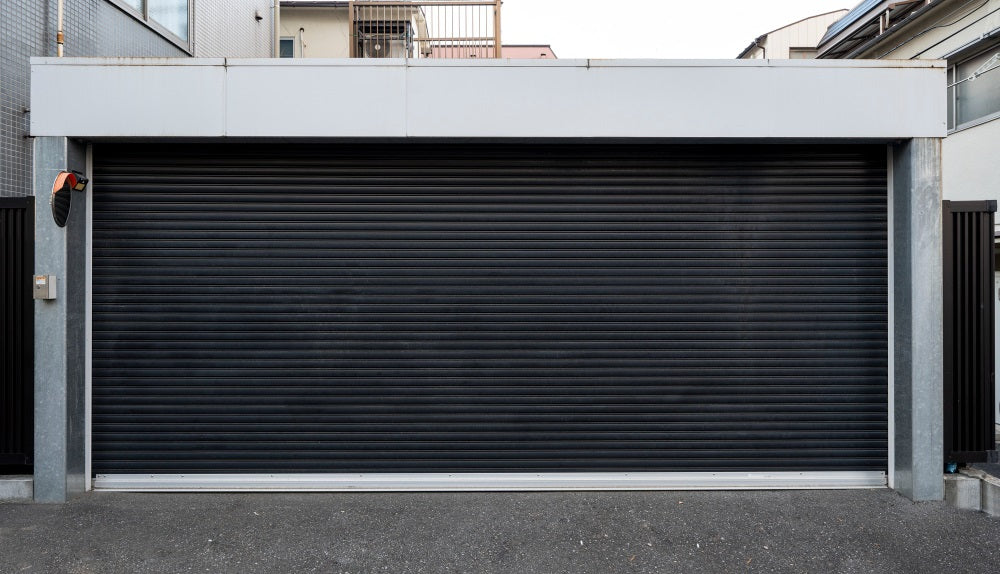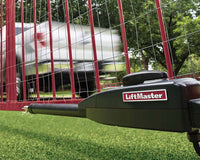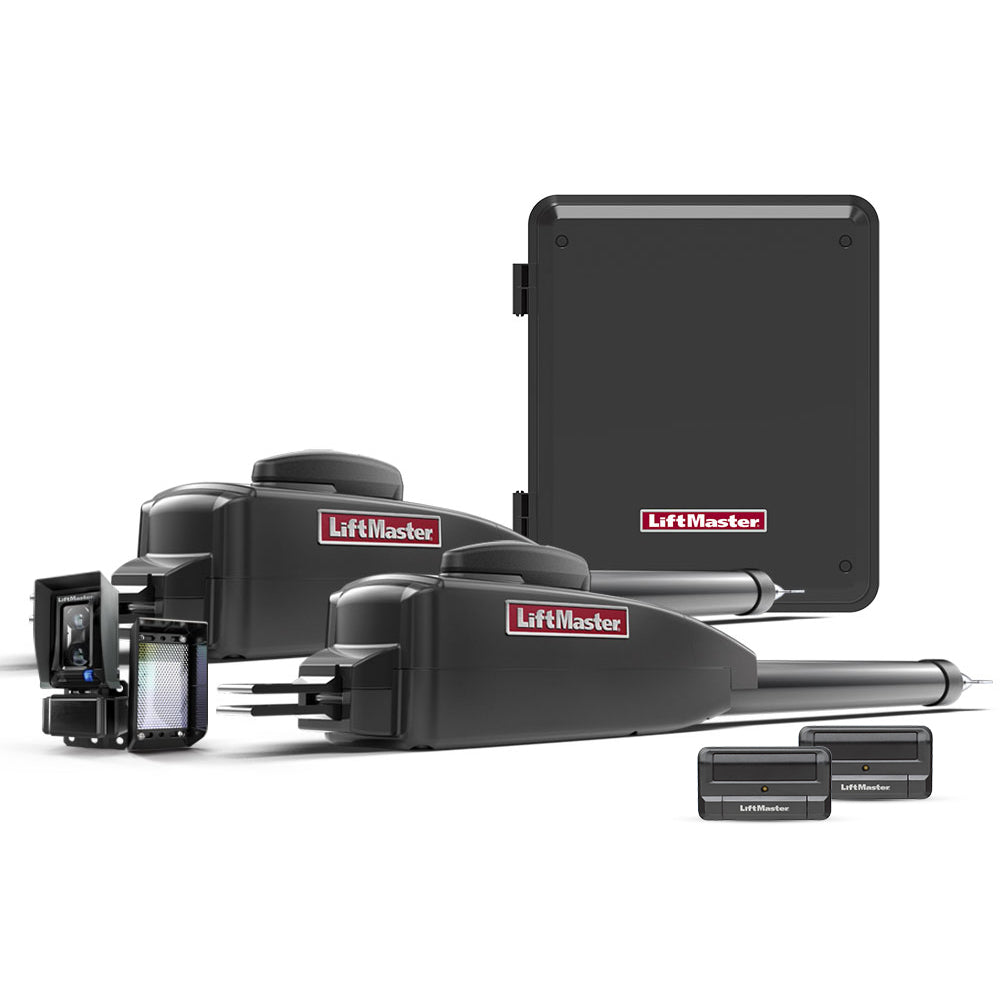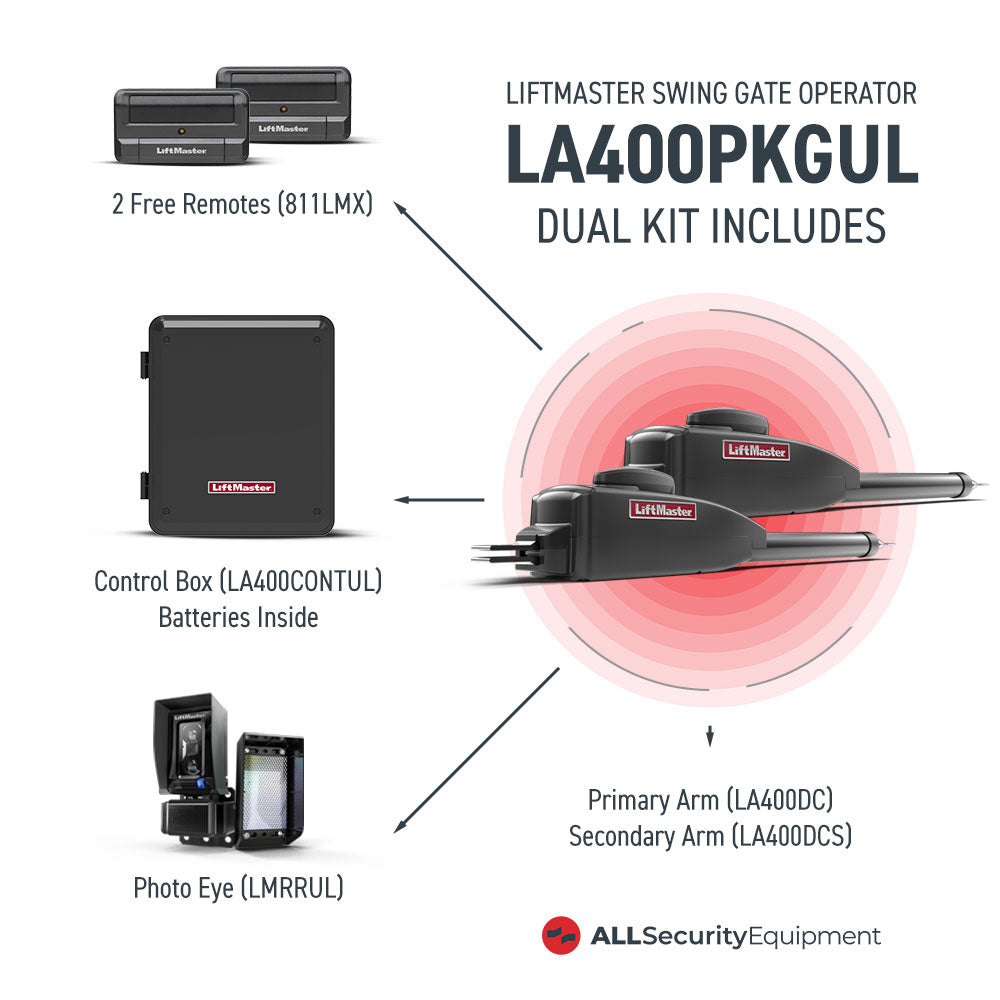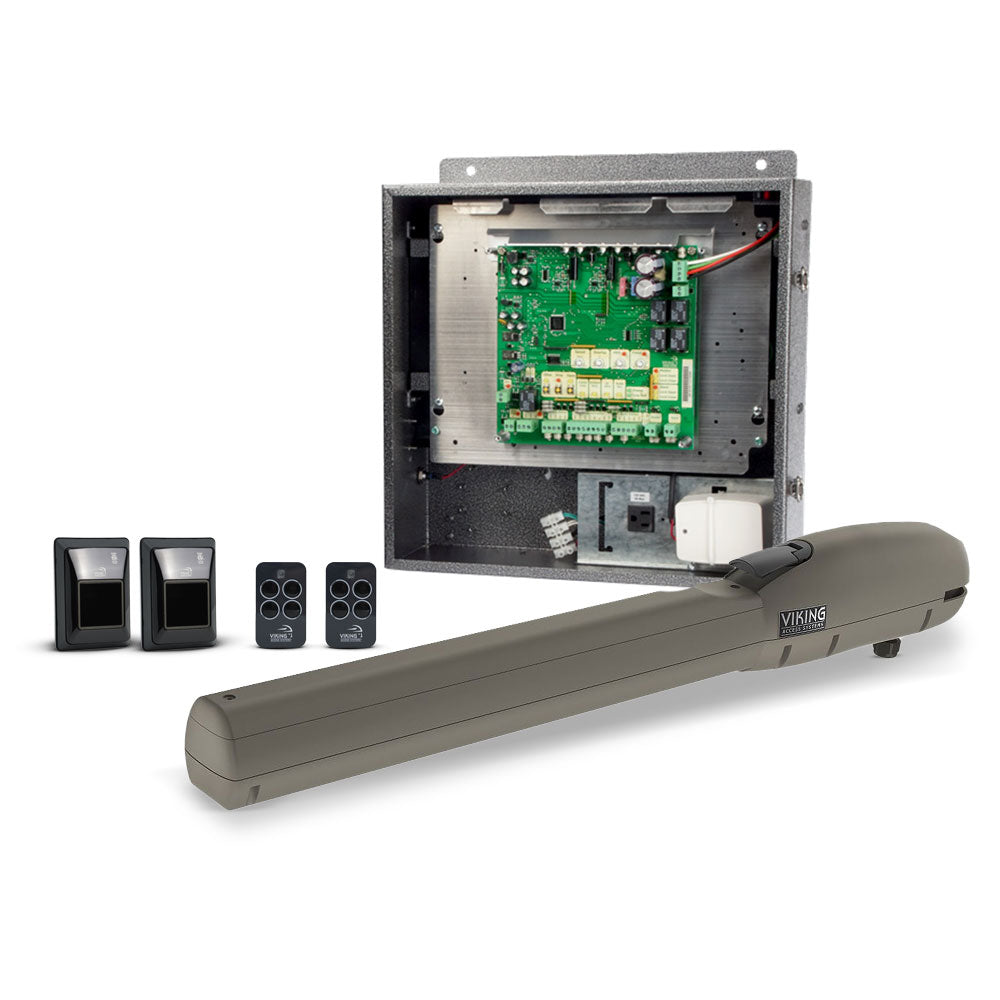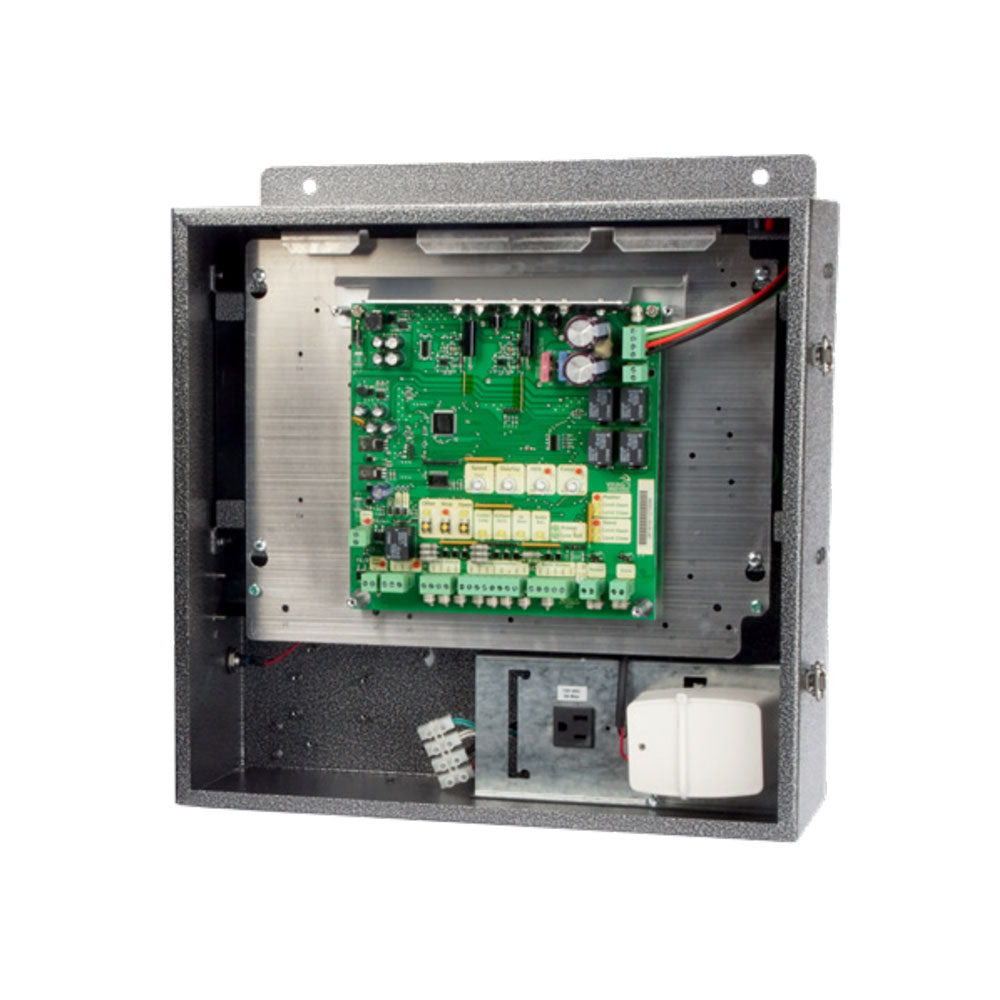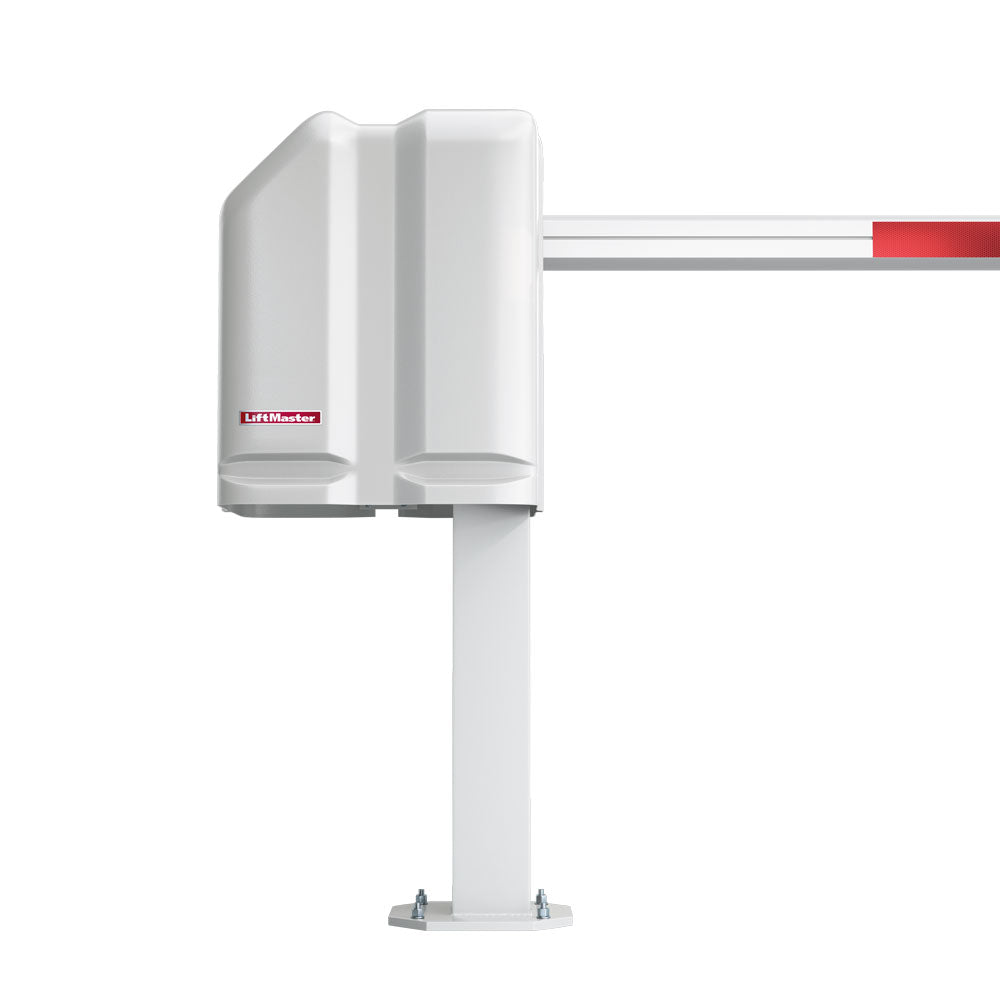Garage door springs are considered the unsung heroes of garage doors. While garage doors typically take on a lot of wear and tear and endure scorching summers, freezing winters, and countless cycles of opening and closing, garage door springs are responsible for ensuring smooth operation all year long.
Garage door springs are the workhorses of a garage door system, as they help to lift the weight of a garage door and ensure effortless operation.
However, like any mechanism that works hard, garage door springs don’t last forever. An understanding of the different types and functions can help identify and mitigate potential problems that may arise.
The Two Main Types of Garage Door Springs: Torsion vs. Extension Springs
Two primary types of garage door springs may be installed in your garage door system. Each type has its own distinct design and functionality:
Torsion Springs
Torsion springs are the most common type of spring found in modern residential garage doors. The design of torsion springs allows them to be mounted horizontally above the door opening on a metal shaft.
Therefore, when the door opens, the torsion spring twists. The twist allows the spring to store the energy needed to lift the door’s weight. When the door closes, the energy stored is slowly released, assisting in the motion of the whole system.
Below are some of the advantages offered by the design of the torsion spring:
- Smooth Operation: Torsion springs help to provide a balanced and consistent lifting force throughout the entire opening and closing cycle.
- Safety: Since the high-torsion spring is typically housed above the door, the risk of injury in the case of a spring failure is minimized significantly.
- Durability: Generally, torsion springs are considered more durable than extension springs due to their design and placement in the garage door design.
Extension Springs
Extension springs are mostly found on older garage doors or garage doors with limited headroom above the opening. Extension springs consist of long metal springs mounted on either side of the door tracks.
When the door opens, the extension spring is designed to stretch to assist in lifting the door. When the garage door closes, the spring contracts back to its original length.
While extension springs are considered functional options for garage doors, they commonly have a few disadvantages:
- Uneven Operation: The design of extension springs makes them prone to creating a jerky or unbalanced movement during opening and closing due to varying tension throughout the opening/closing cycle.
- Safety Concerns: Due to the exposed design of extension springs, they are liable to snap with considerable force during operation, posing a potential safety hazard. In such cases, it is important to leave the replacement of the extension spring of your garage door to a qualified technician.
Garage Door Springs
Most of the time, no one really thinks about their garage door springs as long as they continue working in good condition. However, garage door springs play a significant role in the smooth and safe operation of your garage door. A clear understanding of the different types of springs, their functions, and the signs of wear and tear can help you discover potential problems early on.
In order to ensure the longevity and performance of your garage door system, we recommend that you seek professional assistance when installing or maintaining your garage doors. Explore our selection of garage door parts for products like garage door torsion springs and garage door openers.
Contact our experts for garage door repair or consultation services.

